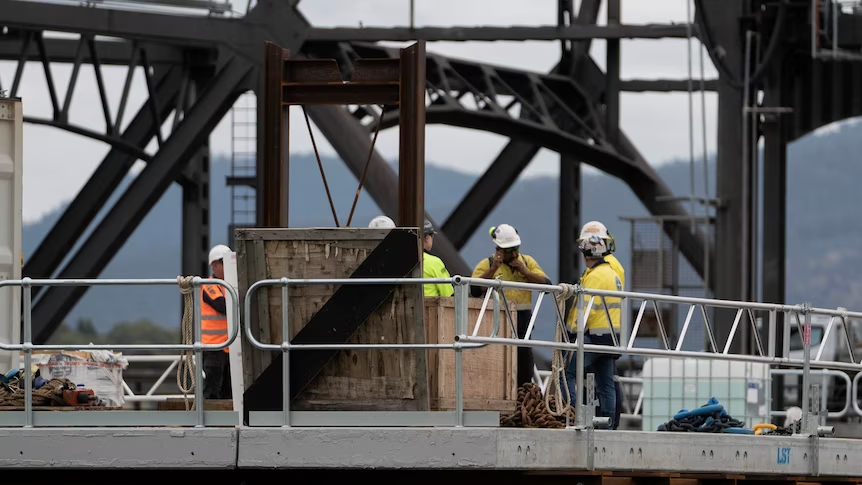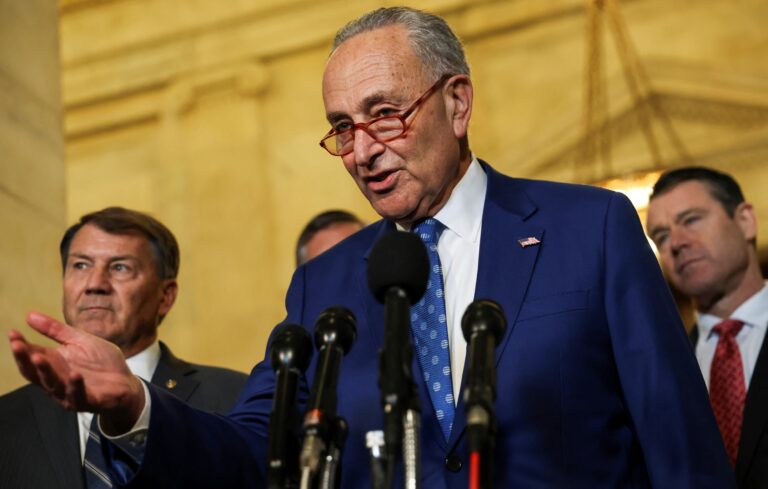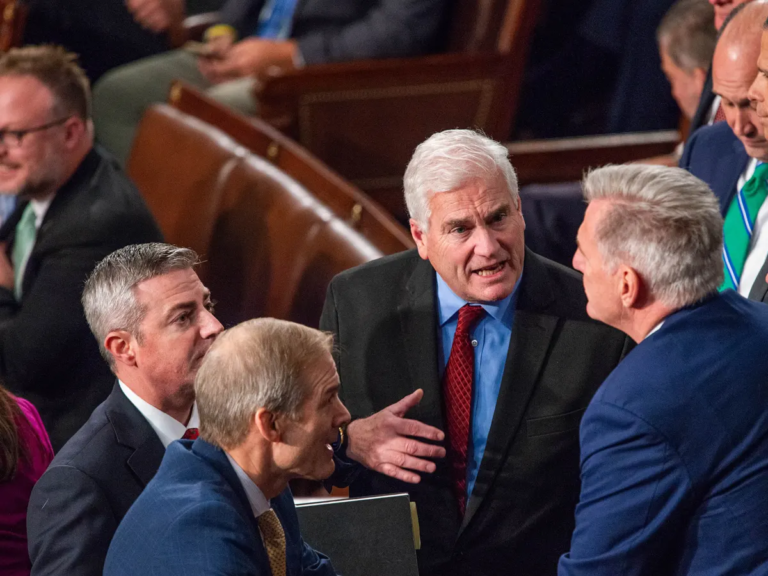Tasmania has replaced Queensland at the top of CommSec’s quarterly State of the States economic rankings, leading on business investment, dwelling starts and employment.
Queensland and South Australia finished in equal second this quarter, followed by New South Wales.
Victoria and Western Australia are in joint fifth position, and the ACT and the Northern Territory are tracking seventh and eighth.
“It’s certainly a very strong performance [by Tasmania] — number one in terms of business investment, relative unemployment and dwelling starts,” CommSec chief economist Craig James said.
“Dwelling starts is a forward-looking indicator for the housing market, so that’s a positive outlook for the Tasmanian economy.”
State of the States ranking
1. Tasmania
2. Queensland, South Australia
4. New South Wales
=5. Western Australia, Victoria
7. ACT
8. Northern Territory
Mr James said that Tasmania’s export market was also helping it perform.
“Tasmania’s been supported by the fact that its agricultural produce is still very much in demand for the Asian region, so that’s certainly very important,” he said.
The report compares annual growth rates for eight key indicators:
- Economic growth
- Retail spending
- Equipment investment
- Unemployment
- Construction
- Population growth
- Housing finance
- Dwelling commencements.
Western Australia continues to lead on economic growth — economic activity in the state for the year to December 2022 was 41.4 per cent above its “normal” output.
Victoria has come out on top on retail spending, up 16.2 per cent in the December quarter from its decade-average levels.
Queensland is leading on population growth, while South Australia leads on construction work done.
Economies performing well across the board
According to the report, all state and territory economies are performing relatively strongly at the moment.
Mr James said that was supported by “strong population growth, still-solid consumer spending, elevated commodity prices, stabilising home prices and low unemployment”.
“You’ve basically got full employment right the way across the country,” Mr James said.
“For years, Australia’s been trying to get full employment and get a very strong jobs market.
“There are a lot of economists, as well as businesses and consumers, bemoaning the fact that we’ve got such a tight job market, but I think it’s something to be celebrated rather than commiserated.”
Mr James said each state and territory had a certain “X Factor” that was helping drive growth.
“Population growth has been important for Queensland but then, in terms of the job market, that’s been important for a number of the other states.”
“Tourism, mining activity is certainly important for Western Australia.”
What’s next?
There is little separating Tasmania, Queensland and South Australia at the top of the economic leader board and, according to the report, it doesn’t look like that will change over the next six months.
The three states were at the top of the leaderboard last quarter as well.
Mr James said each state and territory’s performance over the next quarter would be dependent on how well they absorbed the recent increases in interest rates by the Reserve Bank of Australia (RBA).
He said retail spending would be a good indicator of that.
“Our view is that we are going to see a sharp slow down in terms of consumer spending over the next three to six months and, by the end of this year, we could be seeing rates being cut rather than rates being put up to support the economy as it gets closer to the [RBA’s target] inflation goals,” Mr James said.
Source: abc







